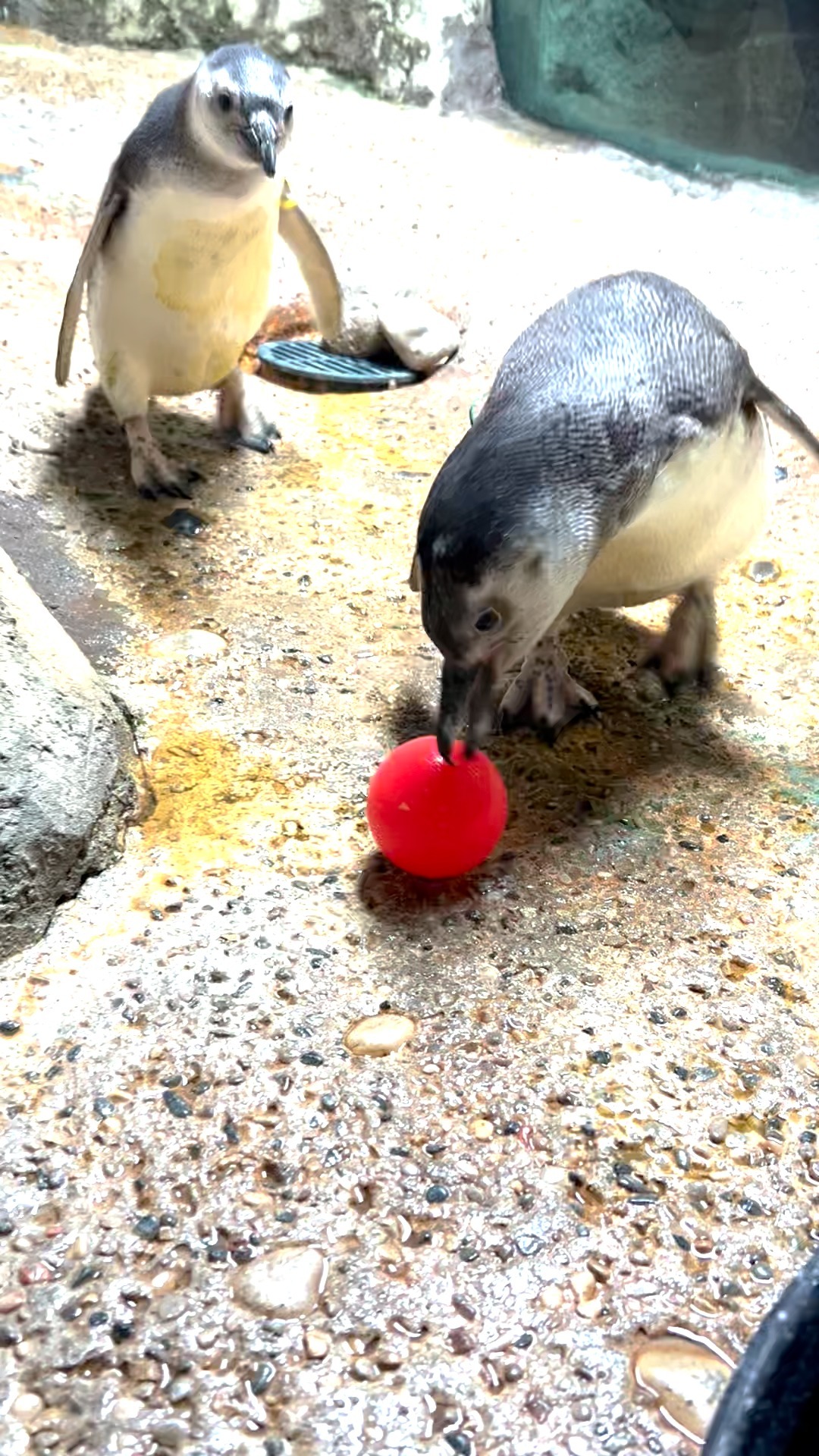- The importance of social media in wildlife conservation efforts, specifically focusing on competitions.
- The role of individual animals, like Phil the Penguin, in engaging the public and raising awareness for conservation.
- The impact of online voting campaigns on influencing wildlife conservation initiatives and funding.
- Strategies employed by zoos and conservation organizations to maintain public interest and support for their programs.
- The intersection of zoology, zoo management, and wildlife conservation in enhancing conservation education.
In recent years, social media’s role in promoting wildlife conservation has become increasingly significant. Platforms such as Instagram and Facebook serve more than just sharing personal updates; they are pivotal in campaigns that drive awareness and engagement for conservation causes. One such example is the ongoing competition involving Phil, a penguin whose story underscores how online interactions can generate public support for endangered species.
Competitions on social media are more than mere popularity contests. They represent a strategic effort to engage the digital community. In the case of Phil, the competition isn’t just about winning; it’s a catalyst for raising awareness about penguin conservation. These contests help bridge the gap between zoos and the public, fostering a connection that encourages ongoing support for conservation initiatives. When participants cast their votes on platforms like Instagram, they become part of a larger narrative, one where every vote contributes to the survival of species threatened by climate change and habitat loss.
Phil the Penguin is more than just an entrant in a social media contest. He embodies the potential of individual animals to become ambassadors for their species. Through engaging narratives woven around such animals, conservation organizations can highlight the threats faced by specific wildlife and rally the public to action. Phil’s story serves as a tool to educate followers on environmental challenges, making otherwise abstract issues more tangible and relatable.
The voting campaigns associated with competitions like the one Phil is involved in have tangible impacts beyond the digital realm. Successful social media campaigns can translate to financial support through donations triggered by increased visibility. They also attract media attention, further amplifying the reach of conservation messages. By mobilizing thousands of people to interact with content, organizations can harness collective power to influence policy changes and direct funding where it’s most needed.
To capture and maintain public interest, zoos and conservation organizations employ creative strategies. Engaging content that tells compelling stories about individual animals often draws more attention. This method humanizes wildlife issues, helping to cultivate empathy and emotional bonds that spur action. Moreover, frequent updates and interactive content keep the audience invested and informed, ensuring continued support. These efforts are critical as they often form the backbone of educational programs aligned with larger conservation goals.
The intersection of zoology, zoo management, and wildlife conservation is crucial in shaping conservation education. Professionals in these fields work collaboratively to design programs that not only entertain but also inform the public about complex environmental issues. For instance, zoos like Penguins International integrate educational content into exhibitions and digital channels, offering audiences insights into species behaviors, habitats, and the challenges they face. Such initiatives make conservation more accessible and inspire the next generation of environmental stewards.
In conclusion, the role of social media in conservation efforts is undeniable. Through captivating stories and campaigns, platforms like Instagram serve as powerful tools to engage the public in critical environmental causes. Phil’s journey is a testament to how individual animals can captivate audiences and drive meaningful action. As the competition draws to a close, the hope is that the momentum generated will continue, translating into sustained support for penguin conservation and broader wildlife protection efforts. The ongoing integration of technology and conservation is an exciting avenue in preserving biodiversity for future generations.
*****
Source Description
Phil is on a roll 🙂🤣🙃😀
We all know you’re having a “ball” with this competition. It’s almost over, but not quite yet! Phil could really use the extra votes on Instagram stories. Visit the @penguins_international’s IG page and click their logo in the top left to vote.
If you haven’t already, please also cast your vote on their website (link in bio) and Facebook as well. 🐧🧡
We’re almost there. Let’s get Phil 1st place! 👑


